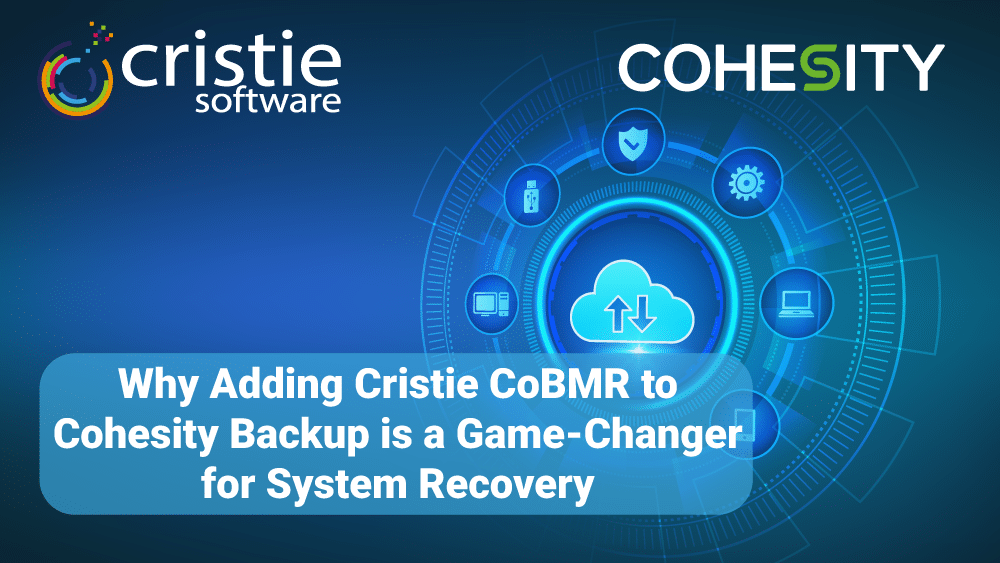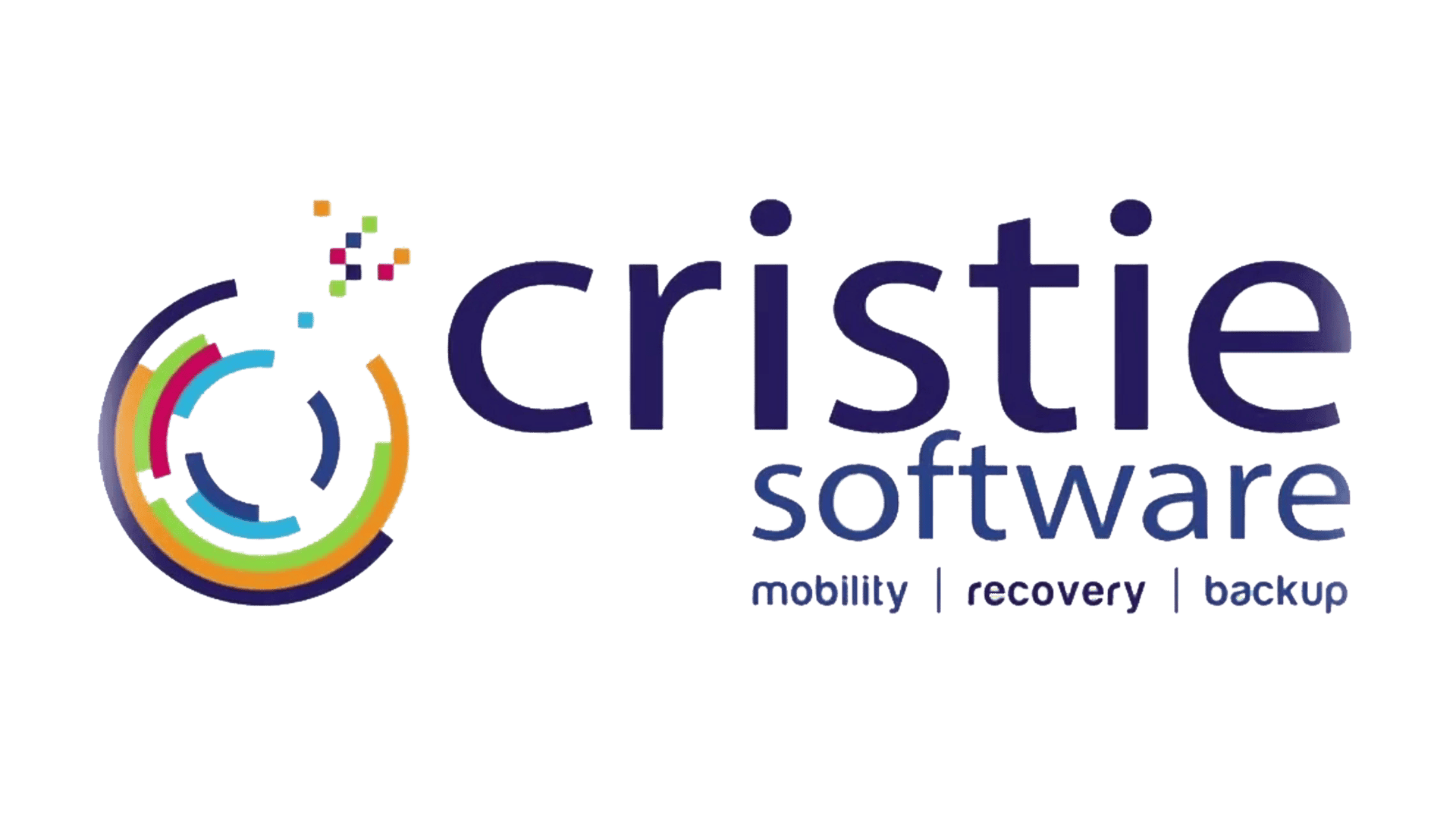
In today’s digital-first business world, data is one of the most valuable assets an organization owns. Protecting it with robust backup and recovery strategies is no longer optional—it’s a necessity. Cohesity Backup has emerged as a market leader in modern data protection, offering enterprises a unified platform that simplifies backup management, reduces costs, and ensures fast recovery from disruptions.
With the rise of cyberattacks, ransomware, hardware failures, and natural disasters, organizations can’t afford prolonged downtime. A strong backup solution ensures that critical applications and workloads can be restored quickly and securely.
While these capabilities are impressive, there’s one critical area where organizations often need more: bare machine recovery.
Although Cohesity Backup excels at restoring files, applications, and virtual machines, it does not inherently provide full bare metal recovery (BMR). In catastrophic failures—such as a total system loss—organizations need a way to recover entire machines from scratch.
Bare machine recovery ensures that IT teams can rebuild entire systems, including the operating system, applications, and configurations, onto new hardware or virtual platforms—a critical requirement in disaster recovery scenarios.
Cristie Software’s CoBMR (Cohesity Bare Machine Recovery) is an advanced solution that extends the functionality of Cohesity Backup by enabling full system recovery to physical, virtual, or cloud environments.
Restore complete systems to dissimilar hardware, virtual machines, or cloud platforms—perfect for hardware upgrades or unexpected failures.
Downtime costs money. CoBMR dramatically reduces RTOs (Recovery Time Objectives), allowing organizations to get back online faster.
CoBMR removes dependency on original hardware. This means an organization can recover workloads onto different physical servers, VMware, Hyper-V, or cloud-based instances.
Regular automated testing ensures recovery plans actually work, helping organizations meet compliance standards and audit requirements.
When combined with Cohesity Backup, CoBMR provides a holistic disaster recovery strategy, ensuring both data and entire systems are recoverable in any scenario.
By minimizing downtime and maximizing recovery flexibility, CoBMR delivers strong ROI while ensuring critical business operations remain uninterrupted.
Q1: What is the main difference between Cohesity Backup and CoBMR?
A1: Cohesity Backup protects data, while CoBMR extends functionality to enable bare machine recovery of entire systems.
Q2: Can CoBMR recover to cloud environments?
A2: Yes, CoBMR supports recovery to both physical and virtual platforms, including cloud-based instances.
Q3: Is additional infrastructure required to use CoBMR with Cohesity Backup?
A3: No, CoBMR integrates directly with existing Cohesity environments without requiring additional backup changes.
Q4: How fast is the recovery process using CoBMR?
A4: Recovery is significantly faster than manual rebuilds, with minimized downtime for critical workloads.
Q5: Does CoBMR support compliance and audit requirements?
A5: Yes, automated recovery testing provides validation for compliance frameworks.
Q6: Who benefits most from adding CoBMR to Cohesity Backup?
A6: Enterprises that require fast, reliable, and flexible system recovery across diverse environments.
While Cohesity Backup offers world-class protection for modern enterprises, adding Cristie CoBMR bare machine recovery ensures organizations can restore not only data but entire systems—anywhere, anytime. The combination delivers unmatched resilience, business continuity, and peace of mind in the face of disruptions.
🔗 Learn more about Cristie Software CoBMR for Cohesity
New Mill, Chestnut Lane
Stroud, GL5 3EW
United Kingdom


